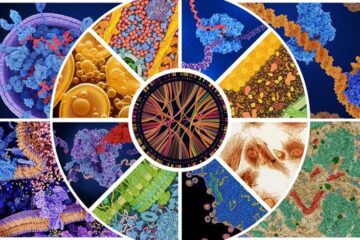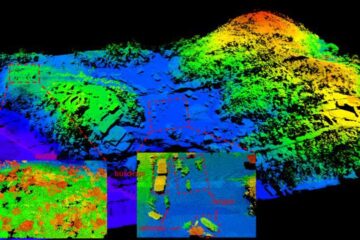New properties of skin stem cells

The studies, which are published in Nature Genetics, show amongst other things, that hair follicle stem cells can divide actively and transport themselves through the skin tissue.
“The stem cells don't behave at all in the way we'd previously thought, and are found in unexpected places,” says Professor Rune Toftgård, one of the scientists at Karolinska Institutet responsible for the study. “We're now investigating the part played by the stem cells in the wound-healing process and the development of basal cell carcinoma, the most common form of skin cancer.”
The stem cells examined by the present study are found in the skin's hair follicles, around which the cells are able to move depending on their stage of growth. The scientists believe that their growth is governed by previously known mechanism called Hedgehog signalling. Mutations in the genes that control this signal system can cause the delayed deactivation of signal transference; the signals thus continue uninhibited, which increases the risk of cancer.
Publication: “Lgr5marks cycling, yet long-lived, hair follicle stem cells”, Viljar Jaks, Nick Barker, Maria Kasper, Johan H van Es, Hugo J Snippert, Hans Clevers, Rune Toftgård, Nature Genetics, AOP 12 October 2008, doi 10.1038/ng.239.
For further information, please contact:
Professor Rune Toftgård
Tel: +46 (0)708-720533
Email: Rune.Toftgard@ki.se
Press Officer Katarina Sternudd
Tel: +46 (0)8-5248 3895 or +46 (0)70-224 3895
Email: Katarina.sternudd@ki.se
Karolinska Institutet is one of the leading medical universities in Europe. Through research, education and information, Karolinska Institutet contributes to improving human health. Each year, the Nobel Assembly at Karolinska Institutet awards the Nobel Prize in Physiology or Medicine.
Media Contact
All latest news from the category: Life Sciences and Chemistry
Articles and reports from the Life Sciences and chemistry area deal with applied and basic research into modern biology, chemistry and human medicine.
Valuable information can be found on a range of life sciences fields including bacteriology, biochemistry, bionics, bioinformatics, biophysics, biotechnology, genetics, geobotany, human biology, marine biology, microbiology, molecular biology, cellular biology, zoology, bioinorganic chemistry, microchemistry and environmental chemistry.
Newest articles

A universal framework for spatial biology
SpatialData is a freely accessible tool to unify and integrate data from different omics technologies accounting for spatial information, which can provide holistic insights into health and disease. Biological processes…

How complex biological processes arise
A $20 million grant from the U.S. National Science Foundation (NSF) will support the establishment and operation of the National Synthesis Center for Emergence in the Molecular and Cellular Sciences (NCEMS) at…

Airborne single-photon lidar system achieves high-resolution 3D imaging
Compact, low-power system opens doors for photon-efficient drone and satellite-based environmental monitoring and mapping. Researchers have developed a compact and lightweight single-photon airborne lidar system that can acquire high-resolution 3D…





















